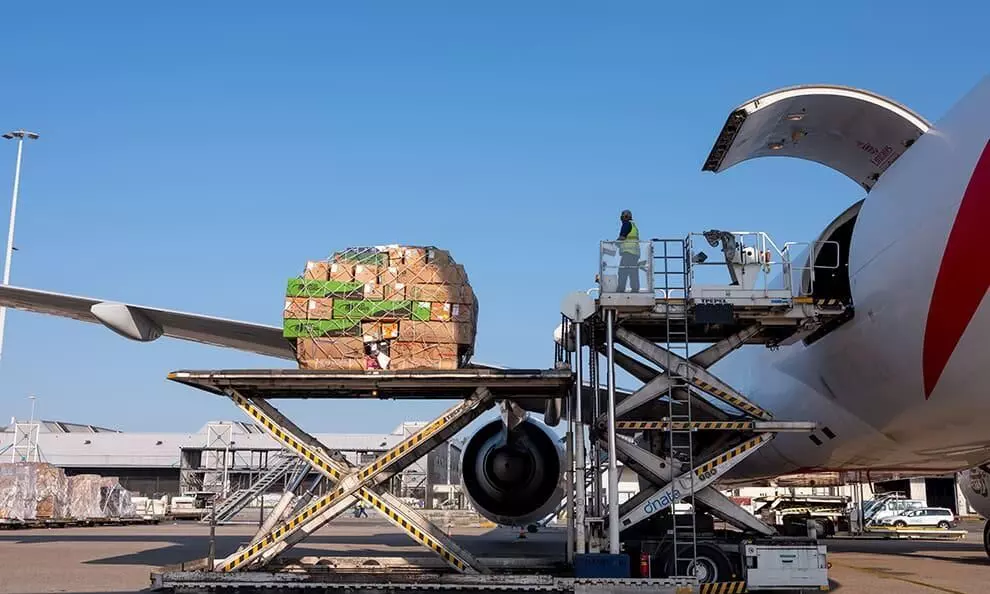
Asia Pacific cargo demand drops 10% on weak consumer sentiment
For the first nine months of the current financial year (January-September 2022), demand was down 4%, says AAPA.

International air cargo markets for Asia Pacific Airlines remained under pressure as export activity was hampered by depressed business and consumer confidence levels amid a deterioration in global macroeconomic conditions, says the latest update from the Association of Asia Pacific Airlines (AAPA), the trade association for scheduled international airlines based in the Asia Pacific region.
International air cargo demand, as measured in freight tonne kilometres (FTK), recorded a decline of 10.4 percent year-on-year in September to 5.4 billion. Offered freight capacity increased 5.9 percent 8.4 billion, leading to a 11.6 percentage point fall in the average international freight load factor to 64 percent.
For the first nine months of the current financial year (January-September 2022), FTK was down 4 percent to 50 billion and capacity was up 5 percent to nearly 74 billion.
"The outlook for the cargo market remains subdued in the near term," says Subhas Menon, Director General, AAPA. "Overall, the region's airlines continue to face a challenging operating environment with operating costs under pressure as a result of high fuel prices and weak local currencies."
International passenger demand sustained its strong upward momentum despite a worsening global economic outlook, the update said. "The significant easing of border restrictions across most of the region's economies continued to unleash a robust return of business and leisure travellers.
"In September, the number of international passengers carried by the region's airlines surged to 11.7 million from 1.4 million in September 2021, bringing volumes to average 39 percent of the same month in 2019. Demand in revenue passenger kilometres (RPK) terms increased by 575.1 percent year-on-year, reflecting the strength of regional travel markets. After accounting for a 189.6 percent expansion in available seat capacity, the average international passenger load factor jumped by 44.6 percentage points to 78 percent for the month, just 0.6 percentage points shy of corresponding pre-pandemic 2019 levels."
Asian airlines are seeing encouraging recovery in international travel demand and achieving load factors close to pre-pandemic levels," says Menon. "Overall, the number of international passengers carried grew by 448.7 percent during the first nine months of the year compared with the same period in 2021." The resilience of the industry is shining through, Menon added.

